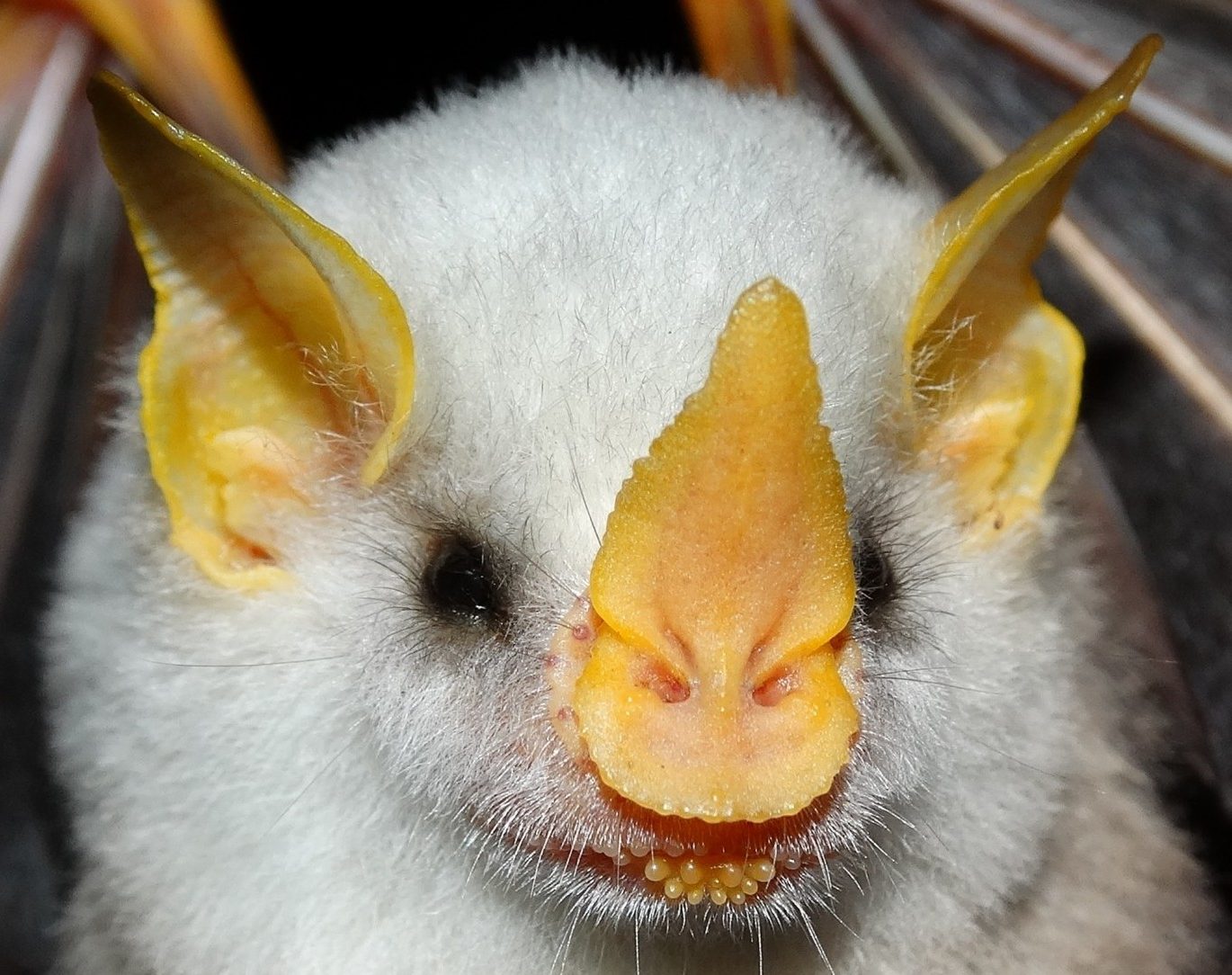Grenada is a 344 Km2 island located in the Southeastern Caribbean. Despite its small size, it is famous for being one of the major producers of nutmeg and mace in the world. Exotic trees of many commercially important fruits, including the iconic Myristica fragrans, have been planted throughout the island’s mountainous landscape. For fruit bats, this means one thing: lots and lots of food.
Leith and I visited Grenada last summer thanks to an invitation to Saint George’s University by Dr. Sonia Cheetam Brow and Dr. Diana Stone. Sonia and Diana are virologists at SGU’s School of Veterinary Medicine, and they were interested in doing research on viruses that may be hosted by Grenadian bats. This research is very important because bats in Grenada are abundant and use many man-made structures for roosting, putting them in close proximity to humans. Additionally, we were interested in surveying what bat species still live in Grenada. Very few studies have characterized the island’s bat fauna and the last inventory precedes the damage caused by Hurricane Ivan to the region.
Much of our efforts went into finding bat roosting sites nearby population settlements, while at the same time spanning all of Grenada’s parishes to get a full coverage of the island major habitats. Our collaborators put a lot of effort networking with locals to find bat roosting sites. While people in Grenada are very familiar with the presence of bats, locating bat colonies proved trickier. First, there is little knowledge about natural roosts, with the exception of one small cave that is home to hundreds of Artibeus jamaicensis and Glossophaga longirostris. Second, bats are considered “pests” by most locals, and any group of roosting bats found in or near a house is usually exterminated quickly.
Luckily for us and the bats, natural disasters and economic downturns have resulted in many buildings (e.g., large vacation houses, bars, barns) to be left completely abandoned throughout the island. We found that these structures now provide new and relatively conflict-free roosts for hundreds of bats in Grenada. Walking into some of these houses felt sort of post-apocalyptic: lianas and other plants growing inside, bats hanging from the ceiling or flying around by the dozens, walls covered in guano, and floors covered in a thick layer of bat-dispersed seeds that were meant to grow in the forest.
In all, through roost searches and mistnetting, we collected only four species of the 12 that have been previously reported in Grenada: Artibeus lituratus, Artibeus jamaicensis, Glossophaga longirostris, and Molossus molossus. It is unclear if the diversity of bats has decreased due to human activity and natural disasters in the island, or if the findings are due to the need of a bigger sampling effort.
While in Grenada, we were also able to give guest lectures at SGU, talk with locals about bats, learn methods for necropsy and pathobiology sampling, and learn about the rich Grenadian history and culture. Leith and Sonia are now creating a guide to the bats of Grenada, which we hope can contribute to educating the population on the importance of bats for ecosystems and aid in their conservation.
[Best_Wordpress_Gallery id=”14″ gal_title=”Grenada”]


Comments are closed